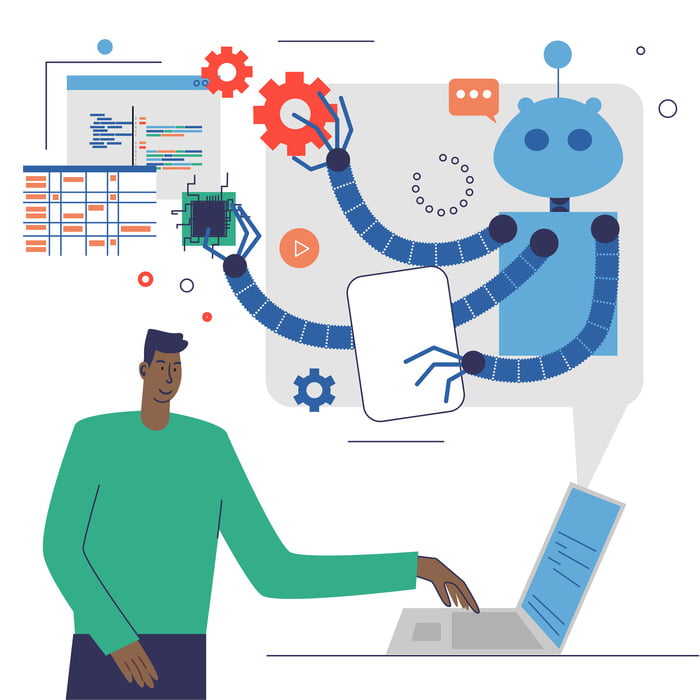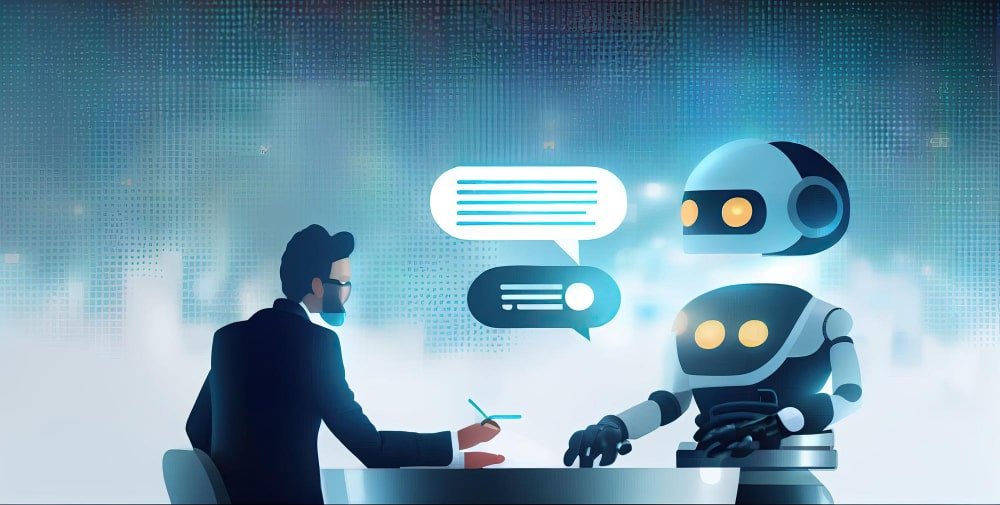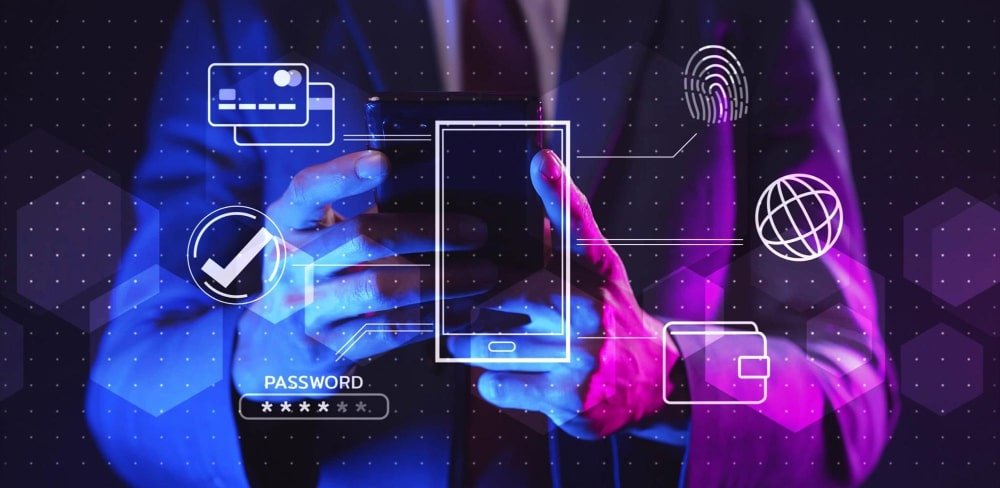The shift towards self-service indicates a broader desire for controllable technology interactions. Modern customers prefer it as they get instant gratification and autonomy. Rather than waiting in phone queues or for email responses, self-service options give them immediate access to information. Moreover, the immediacy with which information can be accessed has transformed their behaviors. So, they prefer to resolve issues on their schedule without the constraints of business hours or support staff availability.
Self-service capabilities are designed to cater to this by offering customized experiences that adapt to user preferences and history.
It also aligns well with the operational and economic efficiencies that tech support teams and companies aim for. By diverting routine inquiries and problems to self-service platforms, support teams can reduce their ticket volume, letting them focus on complex issues that need human intervention. For the company, self-service tools can lead to substantial cost savings, as they scale easily and can handle several requests simultaneously without increasing staff. Also, they collect valuable data on common user issues and behaviors, providing insights that can drive customer support improvements.
3 popular self-service innovations that helped redefine CX
Automated ticketing systems
Automated ticketing systems offer a user-friendly interface that’s available around the clock. Customers can report their issues without delay, bypassing the traditional hurdles of waiting times and manual triage processes. The streamlined process reduces the need for human intervention, allowing users to navigate toward resolution with minimal guidance.

Once a ticket is logged, automation takes center stage. Algorithms categorize the issue and prioritize it based on severity. Then, they route it to the appropriate department or even suggest potential solutions immediately.
Automated ticketing systems are treasure troves of data, capturing every customer interaction. Companies can identify common issues and trends, offering more accurate support to users based on past interactions.
They also provide transparency since users can track the status of their issues in real-time, understanding the steps being taken. This visibility demystifies the support process, making it more approachable and less intimidating for users to engage with.
“Average ticket volume has risen by 16% since the pandemic.”
What to look for in 2024
- Gen AI power: Automated ticketing systems are set to become more intelligent, leveraging gen AI and ML. These systems offer quick responses to customer queries and automate routine tasks providing support 24/7.
- Enhanced integration: There will be a push towards greater integration with CRM, inventory management, operations software, etc., to share and leverage data.
- Omnichannel support: They will provide seamless experiences across all support channels, allowing customers to start a service request on one and continue it on another frictionlessly.
- Proactive Support: Rather than waiting for customers to reach out with problems, companies are increasingly proactive in identifying and solving issues before customers are even aware of them.
Self-service portals

Self-service portals are changing the support landscape, equipping customers to solve their problems without needing a live agent. They are available 24/7, meaning that no matter when an issue arises, the solution is just a few clicks away, as customers get access to a wealth of resources like FAQs, troubleshooting guides, etc.
Self-service portals also offer customers the opportunity to provide immediate feedback. This information is gold for companies looking to improve the support experience.
What to look for in 2024
- Mobile-first design: Self-service portals will prioritize mobile-friendly designs that ensure a seamless experience on smartphones and tablets.
- Real-time data syncing: Portals will offer real-time updates and data syncing capabilities for customers to access the most current information and see the status of their inquiries or issues.
- Self-learning knowledge bases: Self-service portals will employ self-learning knowledge bases that update dynamically based on new inquiries and gathered data.
- Seamless authentication: Self-service portals will implement simplified but secure authentication processes, possibly using biometric verification or single sign-on (SSO) technology.
Chatbots and virtual assistants
Chatbots and virtual assistants make the customer support process smoother by quickly directing users to the information they need or escalating issues to the right human agent. Unlike traditional customer service, there’s no hold music, no ticket number to wait for, just a quick conversation that starts the moment they have a question or issue.
As customers operate on their schedules, chatbots are there to assist them, whether it’s in the middle of the night or during peak hours. This 24/7 availability means customers can get help when it is convenient for them.
Chatbots also provide consistent answers to frequently asked questions, ensuring every customer receives the same level of information. Moreover, they learn from each interaction, constantly improving support quality.
“88% of users had at least one conversation with a chatbot in 2022.”
What to look for in 2024
- Conversational AI: Chatbots and virtual assistants will be able to understand and remember the context of conversations, allowing for more natural and efficient interactions with users.
- Voice-enabled capabilities: The integration of voice recognition technology will become more prevalent, with virtual assistants able to engage in voice-based interactions.
- Integration with IoT devices: They will increasingly be integrated with IoT devices, providing users with the ability to control their smart environments through simple conversational interfaces.
- Autonomous resolution: They will be equipped with the power to execute specific actions on the user’s behalf, like scheduling appointments, without human intervention.
Final thoughts
As we look toward 2024, the trajectory is clear: self-service is set to become even more pervasive and integral to customer service strategies. With the customer base growing more tech-savvy, the demand for self-service options will only intensify. This demographic is comfortable with technology and prefers it as a means to an end, especially when that end is solving problems quickly and independently.
The up-and-coming consumers are natural problem-solvers. Hence, companies are expected to respond by enhancing their self-service technologies.






















